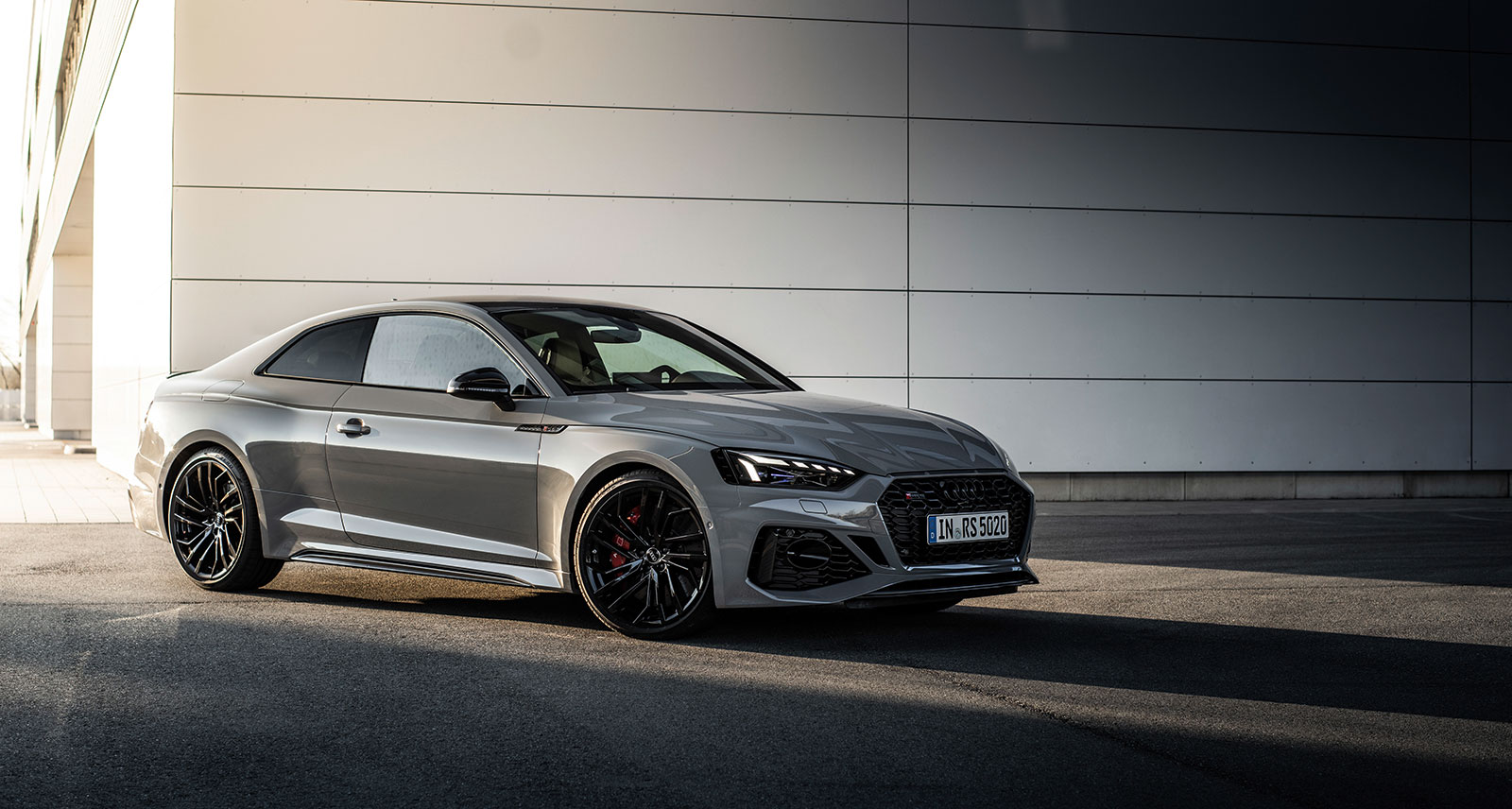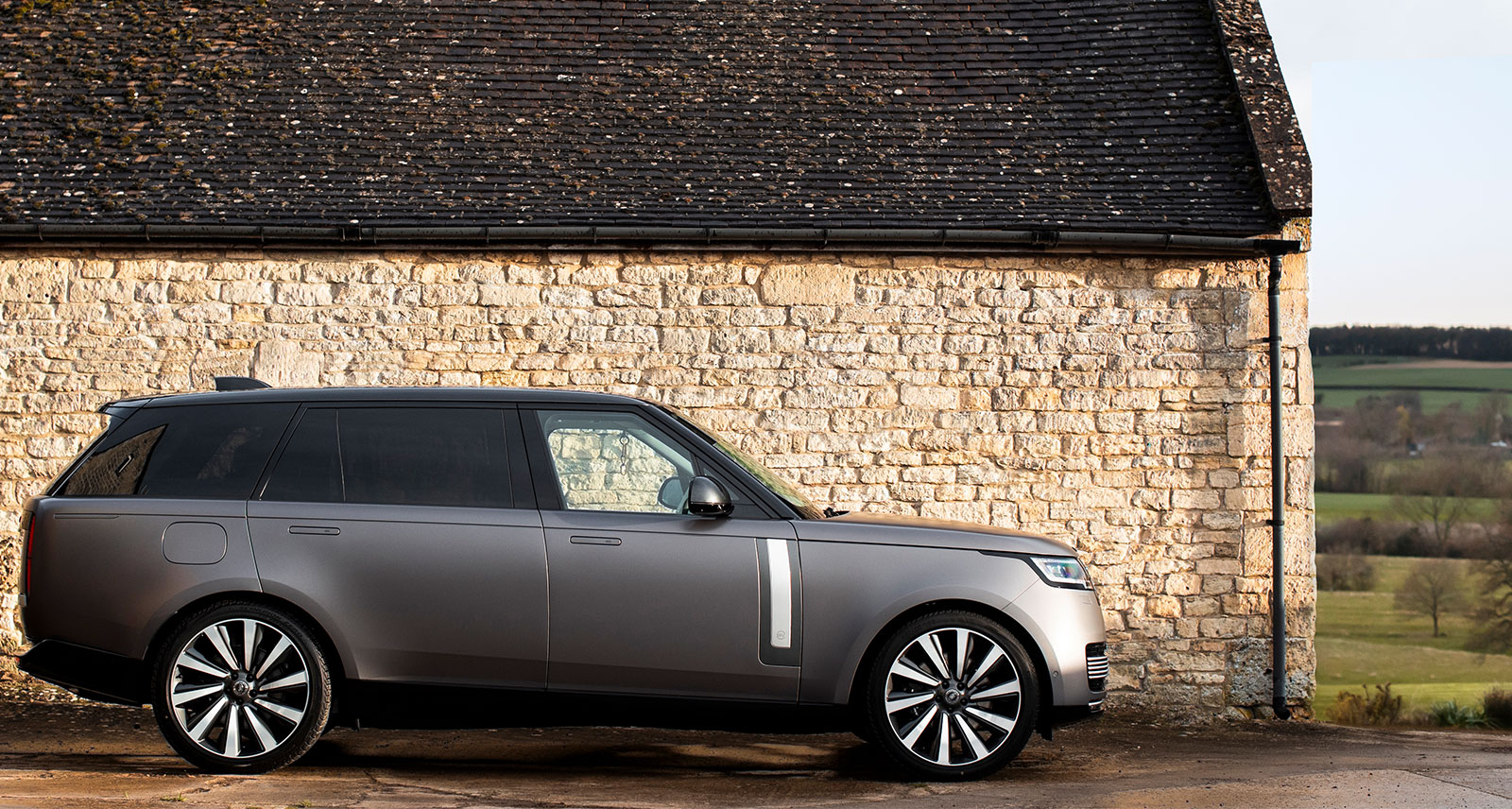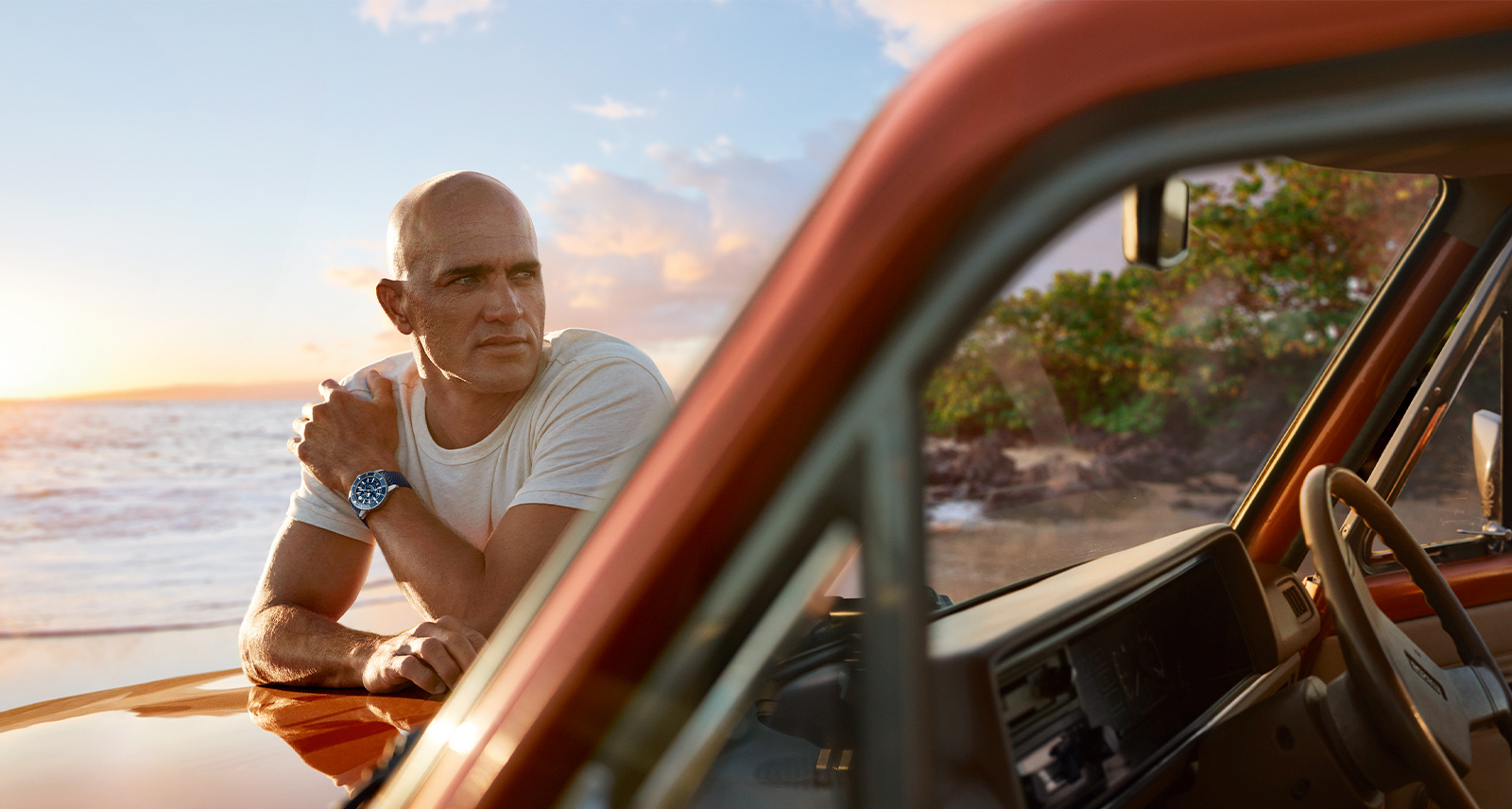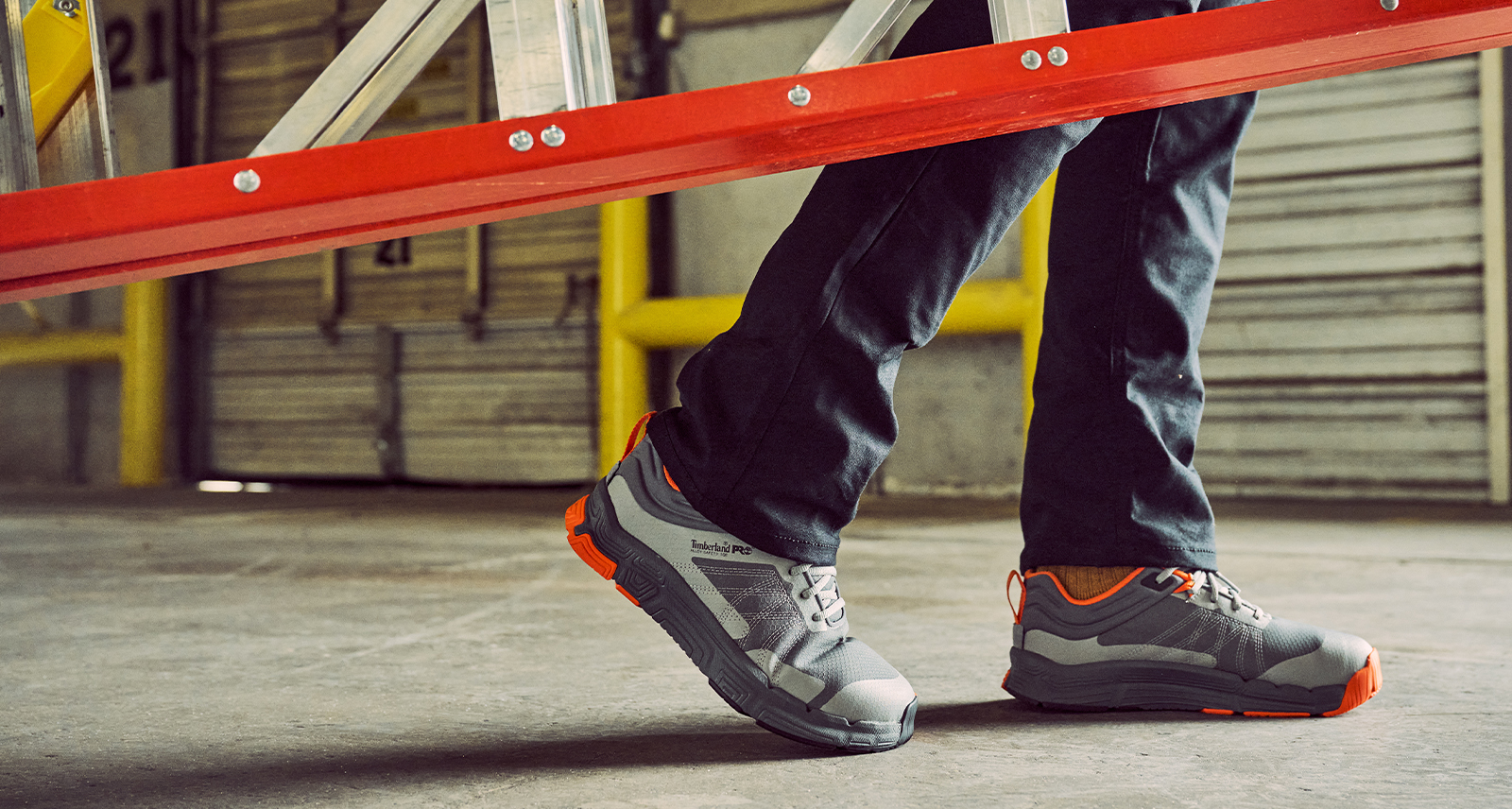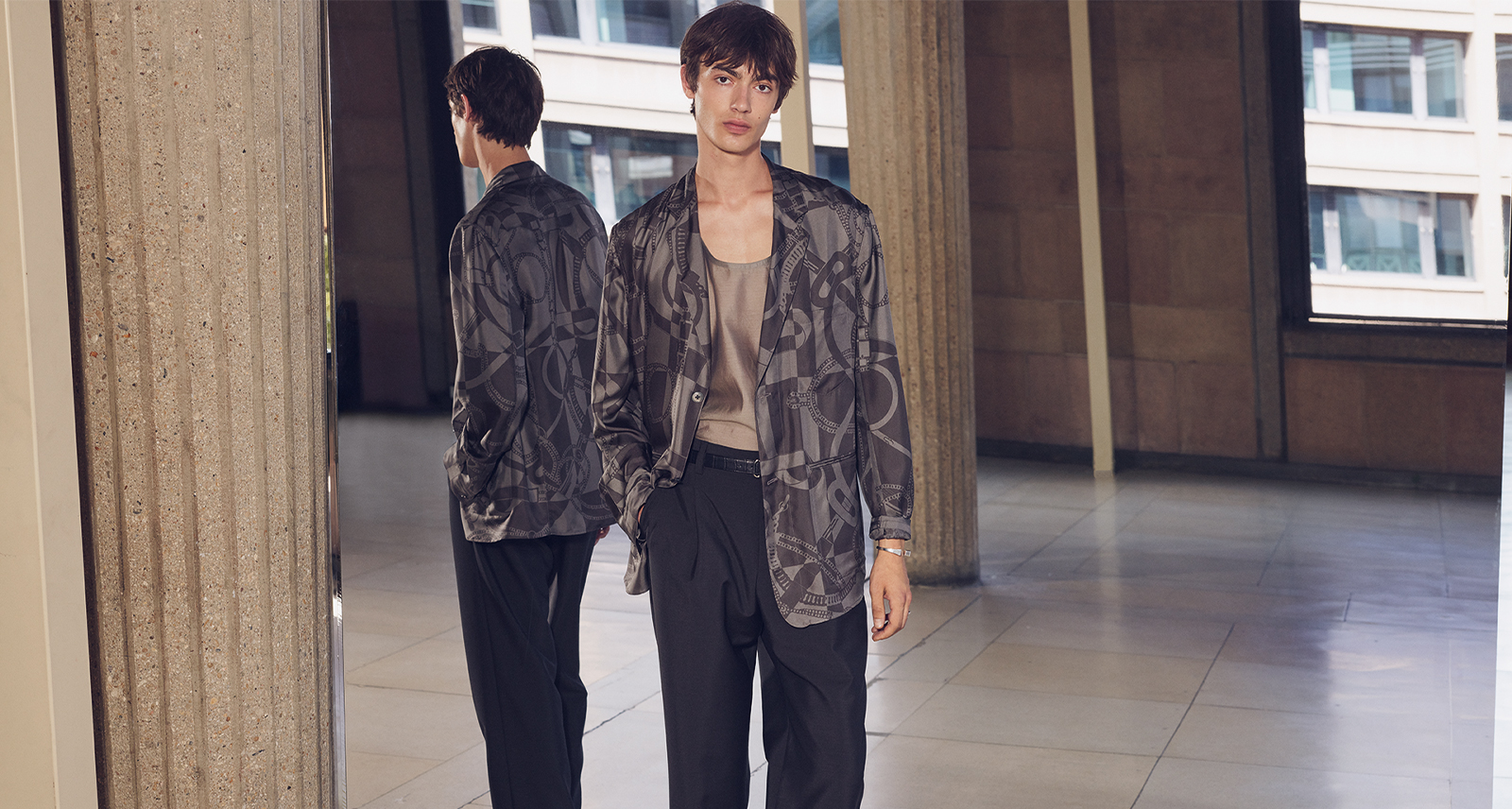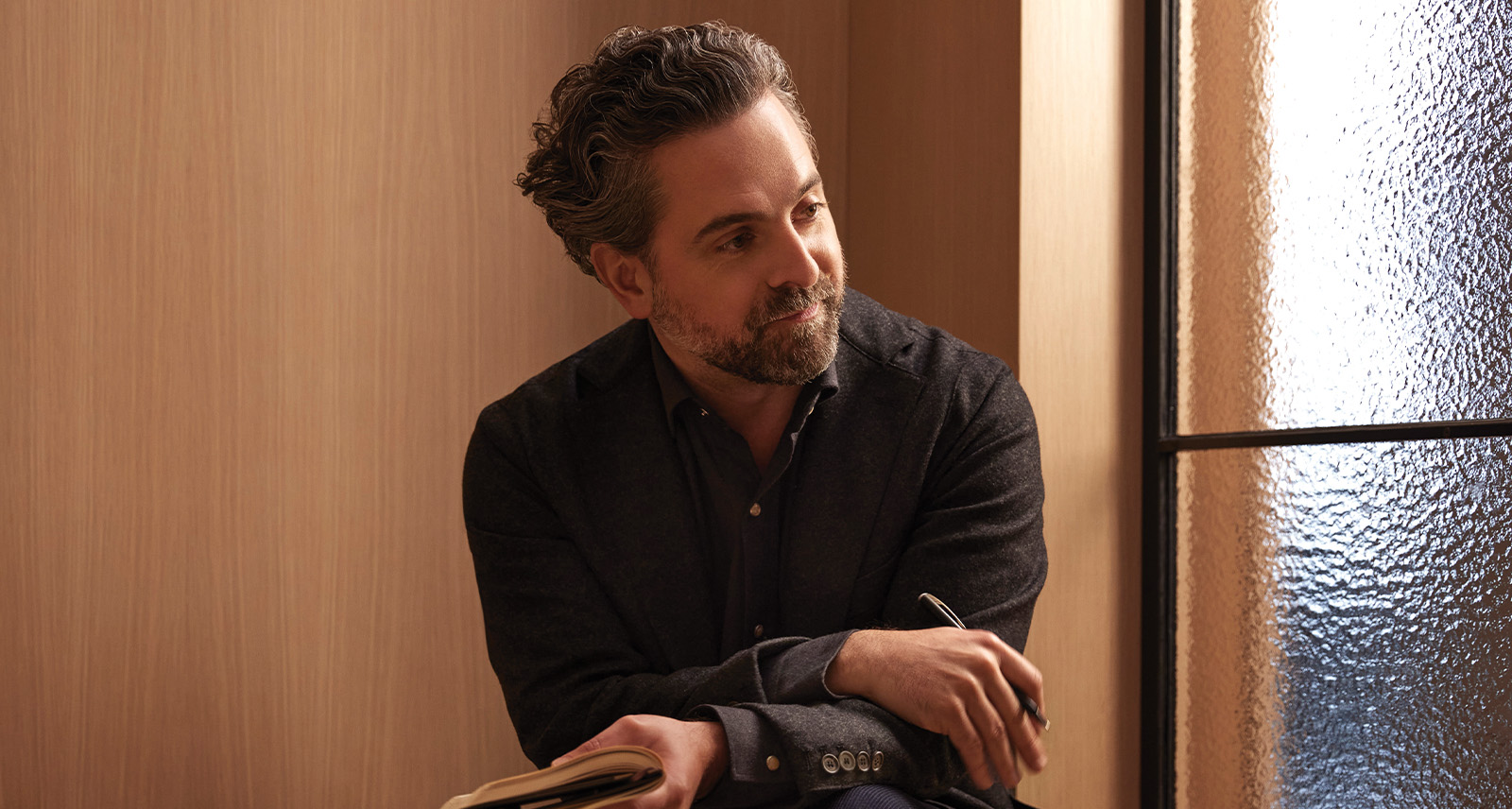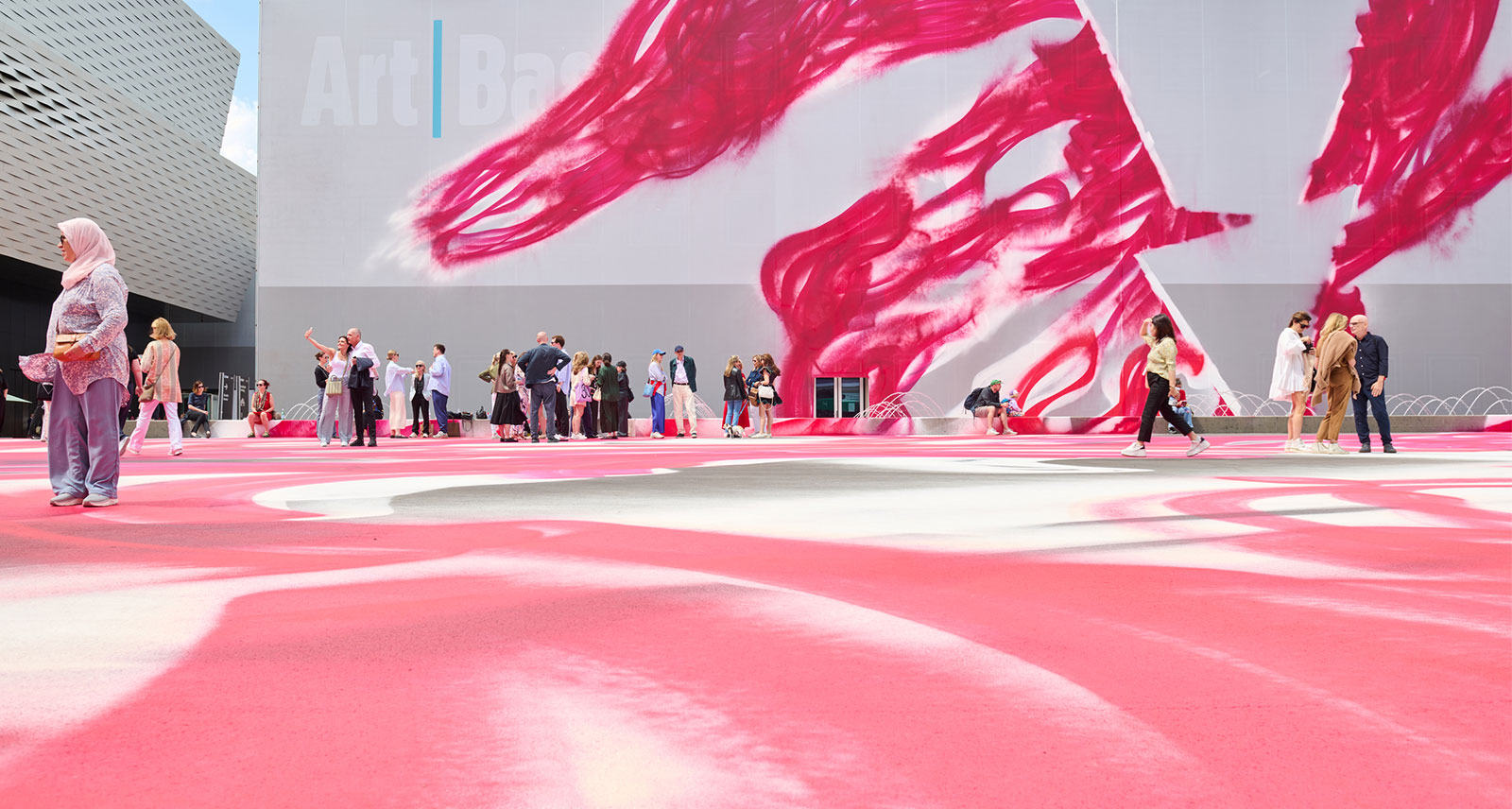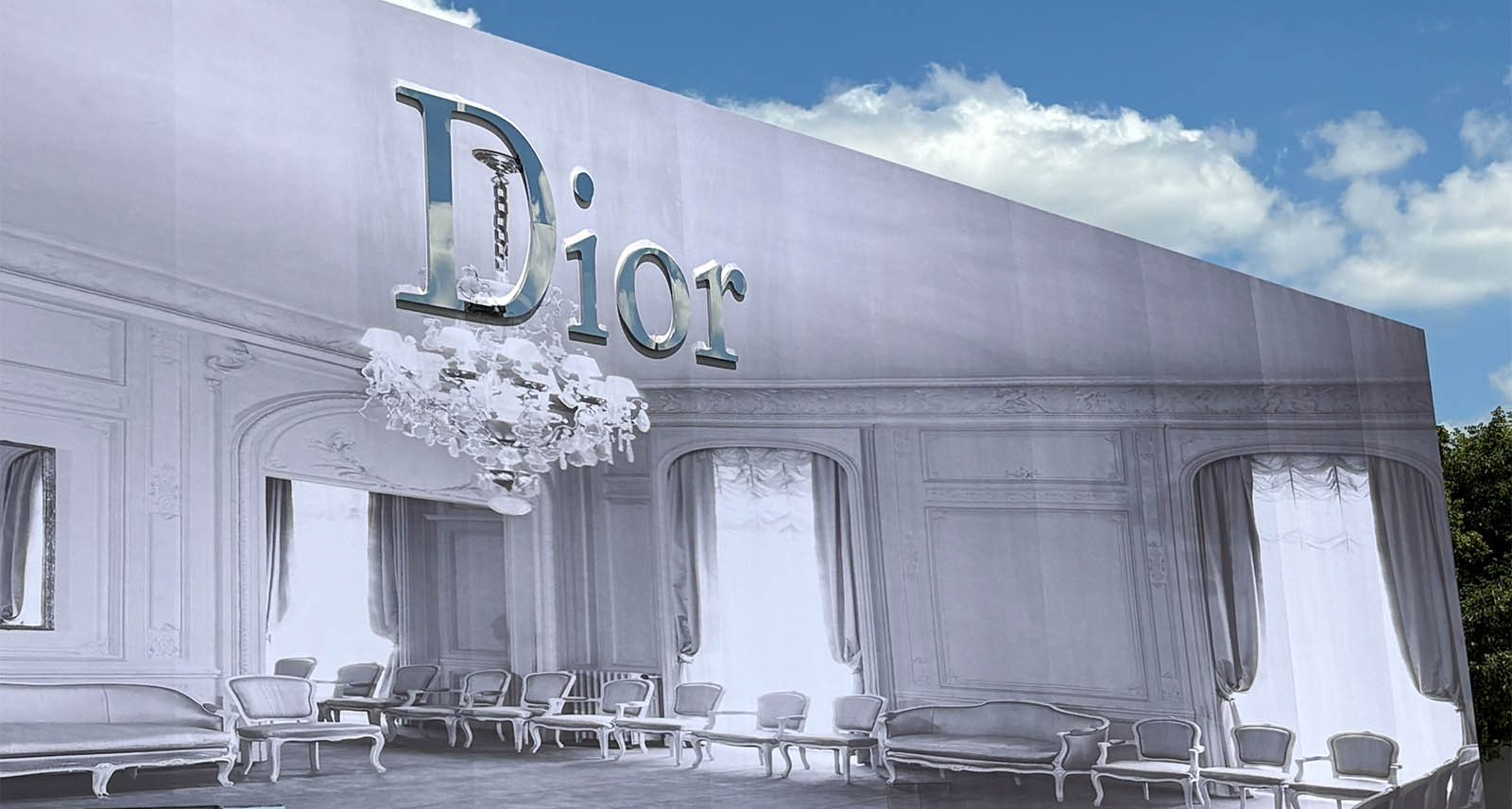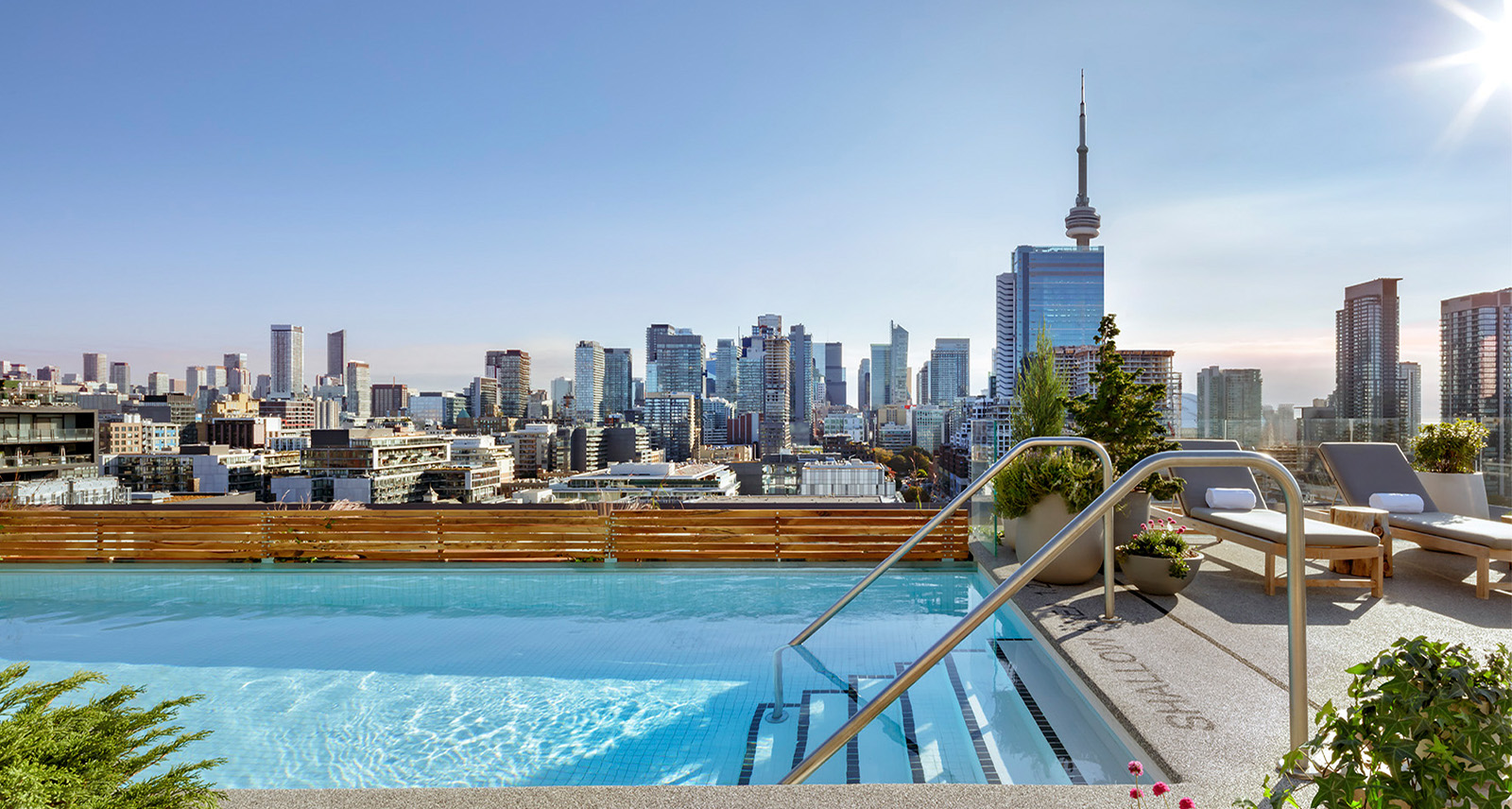Electric Super-Sedans, Audi Sport Plug-In Hybrids, and More of What’s Next from Audi RS
Right now, under normal circumstances, we’d be somewhere in Bavaria headed for the Alps, or in Spain making our way from the coast to the Ascari racetrack to test-drive the latest hot-rod from Audi Sport.
But, suffice to say, these are not normal circumstances, and so Audi has come to us, virtually, to give us the inside scoop on what we can expect to see next from the Audi Sport brand.
For those who haven’t been paying attention to cars for the last 30 or so years, Audi Sport (the artist formally known as Audi quattro) has been chalking up victories in every prestigious form of motorsport and then putting that knowhow into its road cars. They’ve given us the first truly daily-driveable supercar with the mid-engine R8. They’ve given us the utter lunacy of the RS 3, not to mention the world’s meanest, maddest station wagon in the new RS 6 Avant and the absurdly competent do-it-all RS Q8 SUV. In short, if you care at all about driving, you care what Audi Sport will do next.
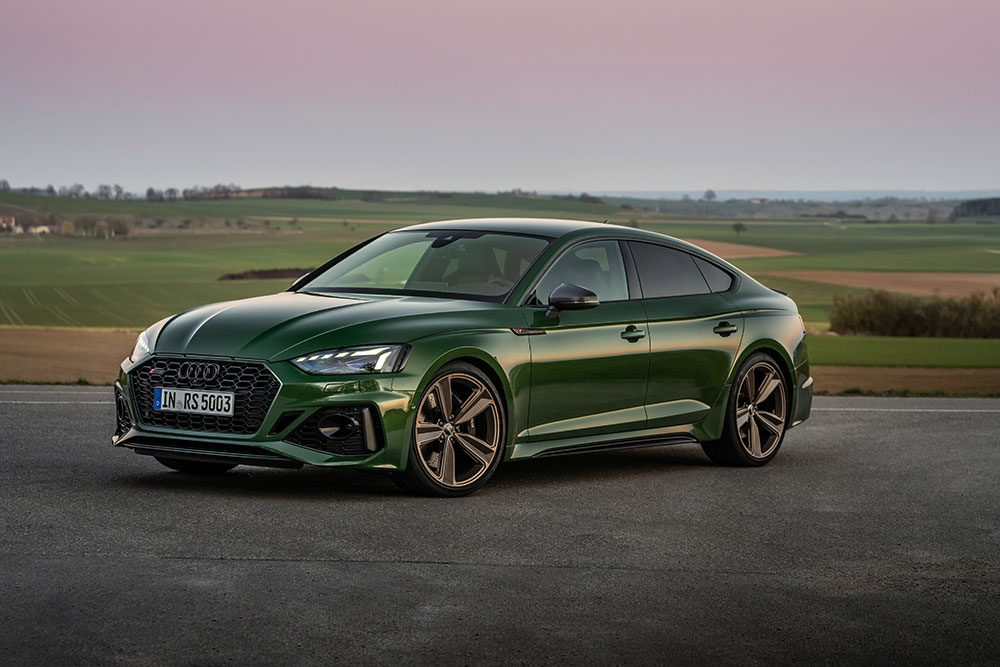
An RS for every occasion
Rolf Michl, head of sales and marketing for Audi Sport GmbH, explains that Audi’s work in recent years has been to expand the lineup of RS cars to cover more of the automotive spectrum.
Indeed, the lineup has grown from that single Audi Sport Quattro coupe in the ‘80s to now include sedans, Sportback four-door coupes and SUVs. Most recently, Audi Sport updated the RS 5 Coupe and Sportback with some new creature comforts and styling tweaks.
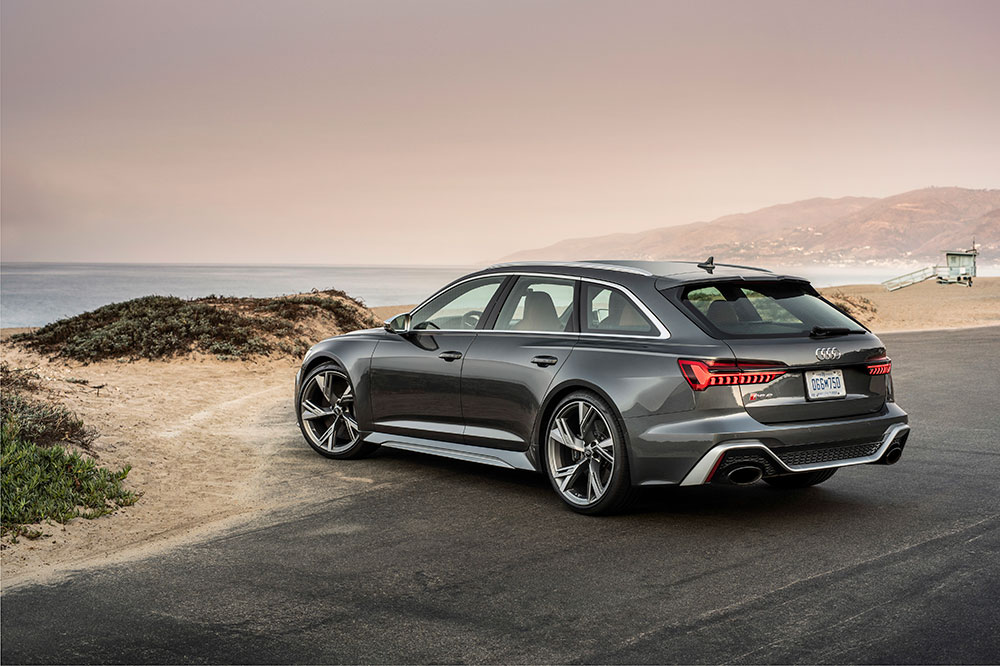
The decision to offer the car-geek-favourite RS 6 Avant in Canada for the first time was about expanding the lineup too, but the fact it’s a station wagon didn’t matter. “Most of our customers don’t buy an RS 6 Avant because it’s a wagon,” Michl said. “One thing about Audi Sport customers is that they want to be different.”
Different has working apparently. Sales are rising, and the goal is to double sales (from 2018 levels) by 2023.
“Two unconventional forms, the RS Q8 and especially the RS 6 Avant, were received extremely well in the U.S.,” Michl added. “It’s also because of the design language. Marc Lichte and his team have achieved an outstanding design.… [The RS 6] is really a muscle car, not a classical wagon.”
The fate of the R8
The fate of Audi’s flagship supercar, the R8, remains unknown and Michl is tight lipped about it. What we do know is that the current model probably isn’t long for this world. Audi Sport just announced that 30 R8 V10 Quattro Limited Editions will be made as a final send-off for this car. But, the rear-drive R8 RWD (which we actually prefer over the all-wheel-drive Quattro) could make it to Canada next year, if the rumours are to be believed.
We’d love to see an updated “R8 EVO” similar to the updated (and spectacularly transformed) Lamborghini Huracan EVO, with which the R8 shares its basic underpinnings. But, so far that’s just a dream. Among its immediate German rivals, Audi is still the only brand with a proper mid-engine supercar. The R8 feels like it still has a lot of untapped potential.
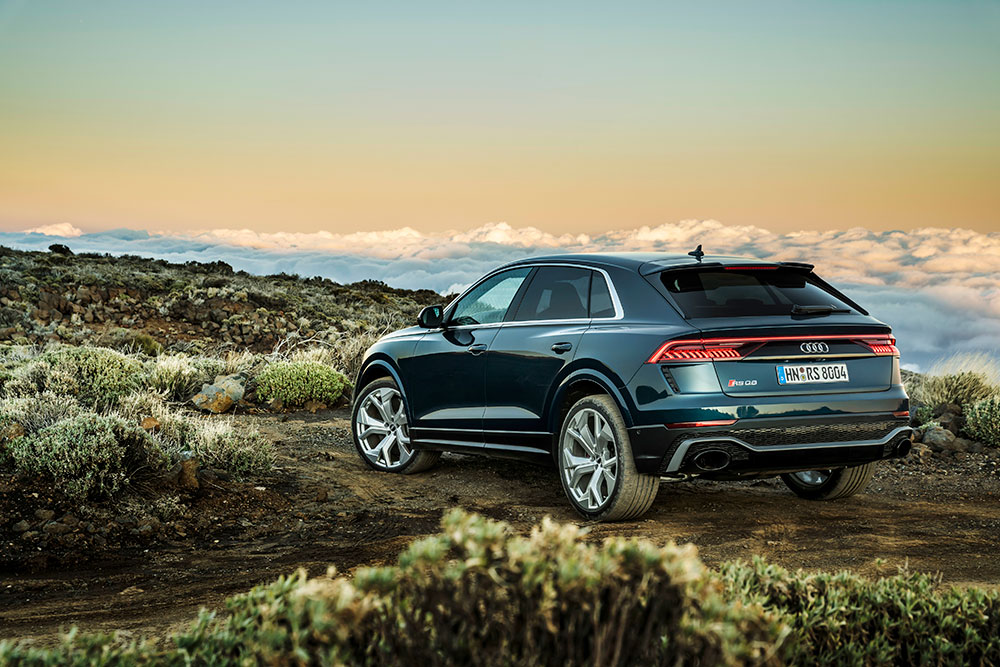 How much horsepower is too much?
How much horsepower is too much?
The RS 7 and RS Q8 already churn out 600 horsepower. Is there any limit to how many ponies an RS car could have?
“At a certain point there will be a limit,” Michl said. “I can’t give you a definite number of what’s useable – the whole package has to be convincing. At 600 horsepower, we feel quite comfortable…. If you compare it to some years ago, it has the power of a Formula 1 car!”
Electric motors have the potential to significantly boost power without boosting emissions, and Audi Sport sees a big opportunity there.
An electric future
We’ve already seen 48-volt mild hybrid systems creep into RS 7 and RS 6. (These systems offer a slight boost to fuel efficiency and power without the need to plug-in to recharge.)
Having previously spoken with the co-managing directors of Audi Sport, Oliver Hoffmann and Julius Seebach, we know the company is planning many more electrified models for its next-generation cars.
“There will be a range between mild-hybrids to full electrics over the whole portfolio,” said Seebach. Some high-performance plug-in hybrid RS models are also on their way, Hoffmann added.
The challenge is to add efficiency and electric power without adding too much weight, which is historically the enemy of all fast and fun cars. Audi Sport is aware of the problem and working on good solutions, Hoffmann and Seebach said. (A next-gen carbon-fibre RS 5 plug-in hybrid coupe? They wouldn’t spill the beans.) They’re considering all kinds of technology, including the supercapacitor hybrid system in the new Lamborghini Sian.
The first fully-electric Audi Sport model will be a production version of the e-tron GT concept. It’ll share much of its basic architecture with the Porsche Taycan, which, if you ask us, is the best-handling electric car on the market today. Both Seebach and Hoffmann have driven the e-tron GT and they were clearly, visibly, excited about it – although they weren’t allowed to say much. “It is an emotional car,” Hoffmann said. “The boost you can have with electrification… when you compare it with today’s RS 7, just think…” Seebach trailed off wistfully.
“We want to surprise our customers,” Seebach added. They have the full support of Audi’s top management to grow the RS brand; clearly, there’s much more to come from Audi Sport.
So, watch this space. The future of sports cars is less predictable and more exciting than ever.
